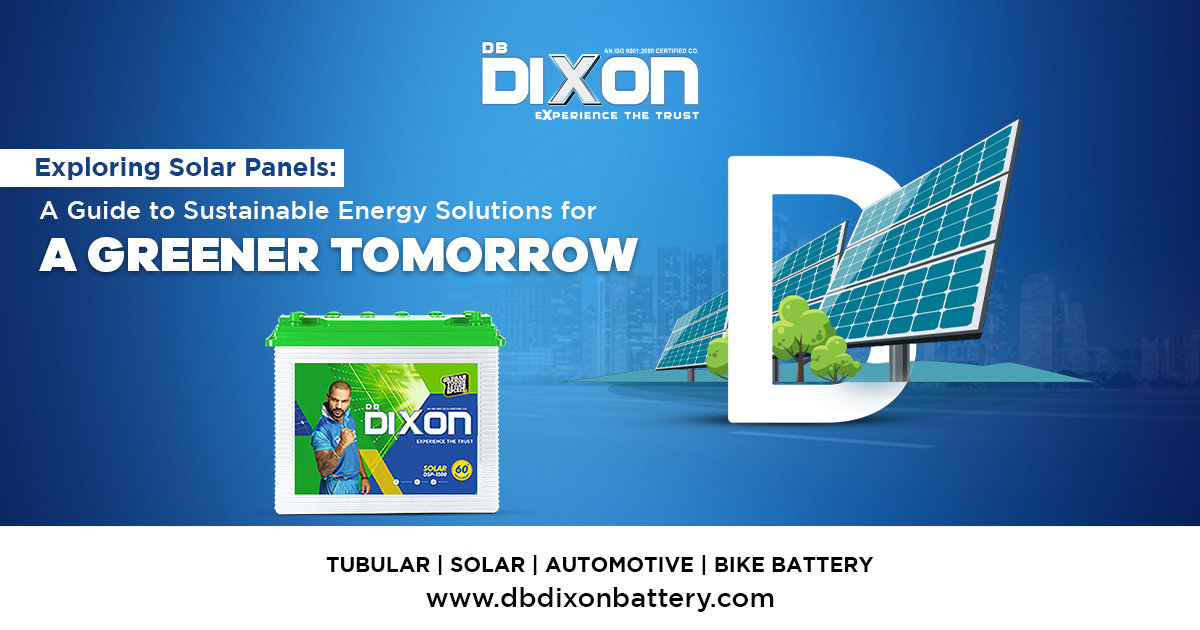In our quest for sustainable energy solutions, solar panels have emerged as a frontrunner, offering a clean and renewable source of power. As the world shifts towards greener practices, understanding the different types of solar panels becomes crucial. In this comprehensive guide, we delve into the various types of solar panels, shedding light on their unique characteristics and applications.
Monocrystalline Solar Panels:
Monocrystalline solar panels are renowned for their efficiency and longevity. Constructed from single-crystal silicon, these panels boast a uniform black hue and a sleek appearance. Their high efficiency ratings make them ideal for installations where space is limited, such as residential rooftops. Monocrystalline panels are also known for their durability, ensuring reliable performance even in harsh environmental conditions. With their ability to generate ample electricity, monocrystalline solar panels are a popular choice for powering homes, businesses, and solar battery systems.
Polycrystalline Solar Panels:
Polycrystalline solar panels, characterized by their blue-speckled appearance, offer a cost-effective alternative to monocrystalline panels. These panels are crafted from silicon fragments melted together, resulting in a lower efficiency compared to their monocrystalline counterparts. However, polycrystalline panels make up for this drawback with their affordability and widespread availability. They are well-suited for large-scale installations where space is not a limiting factor, such as solar farms and commercial projects. Additionally, polycrystalline panels perform admirably in moderate climates, making them a versatile choice for various applications, including solar battery setups.
Thin-Film Solar Panels:
Thin-film solar panels represent a flexible and lightweight alternative to traditional crystalline panels. Comprising layers of photovoltaic material deposited onto a substrate, thin-film panels can be integrated into various surfaces, including roofs, windows, and even clothing. While thin-film panels typically exhibit lower efficiency levels compared to crystalline panels, they excel in diverse environments, including low-light conditions and high temperatures. This versatility makes them suitable for off-grid applications, portable solar systems, and innovative architectural designs. When paired with advanced solar battery technology, thin-film panels offer a scalable solution for decentralized energy generation and storage.
Bifacial Solar Panels:
Bifacial solar panels harness sunlight from both the front and rear sides, maximizing energy production and efficiency. These panels feature a transparent back sheet, allowing light to pass through and reflect off the ground or adjacent surfaces. By capturing reflected light, bifacial panels can significantly increase their power output, especially in environments with high albedo, such as snow-covered landscapes or sandy terrain. Bifacial panels are particularly well-suited for ground-mounted installations and solar tracking systems, where they can capitalize on their dual-sided functionality to optimize energy yield. When combined with advanced solar battery solutions, bifacial panels offer a potent combination for reliable and sustainable energy generation.
In conclusion, the evolution of solar panel technology has paved the way for a cleaner, more sustainable future. Whether it’s monocrystalline, polycrystalline, thin-film, or bifacial panels, each type offers unique advantages and applications. At DB Dixon, we recognize the importance of harnessing solar energy to power a greener tomorrow. With our innovative solar batteries, we aim to empower individuals and businesses to embrace renewable energy and contribute to a brighter, more sustainable world.
